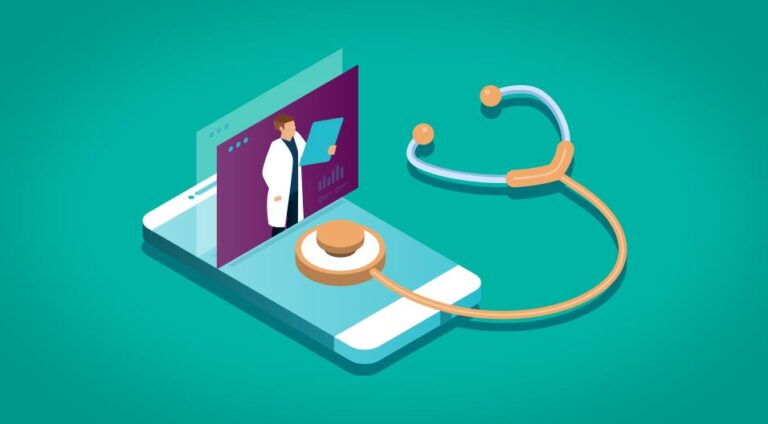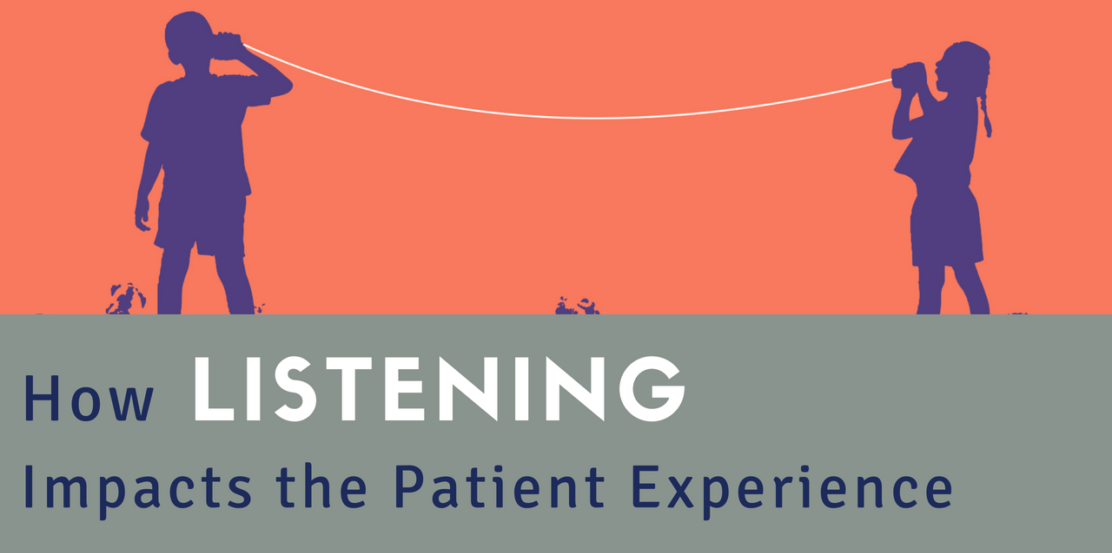To provide care that is truly patient-centered, healthcare systems need to prioritize nurse-patient communication as a strategic and financial priority. With the shift towards value-based care, Hospital Consumer Assessment of Healthcare Providers and Systems (HCAHPS) plays an important role in the financial health of organizations by tying patient satisfaction and perception of care to Medicare reimbursement. As one of three HCAHPS metrics to assess patient perception of communication, nurse-patient communication is evaluated using the following metrics:
- Treating patients with courtesy and respect;
- Listening carefully to patients;
- Explaining things in a way patients can understand.
Healthcare systems that improve nurse communication are more likely to see gains in other experience of care dimensions within the Value-Based Purchasing framework, such as responsiveness of hospital staff, pain management, communication about medication, and increased overall patient experience scores. Thus, nurse-patient communication serves as a catalyst for improving the quality and safety of patient care.

Nursing is built upon a foundation of strong interpersonal relationships. However, as bedside providers on the front lines of healthcare, nurses manage competing priorities from a variety of stakeholders. As such, pushback from nurses is frequently related to their busy workflows. To address these concerns, it is important to leverage data-driven, easy-to-implement communication strategies.
Body Language Is Important: Sit, Don’t Stand
According to a recent study, nurses who asked to sit beside their patients while talking improved HCAHPS scores from the 9th to the 43rd percentile. Sitting is a non-threatening way to communicate with patients, as speaking at eye level promotes active listening. Sitting while communicating increases the patient’s perception that nurses are spending more time with him or her. To reinforce these efforts, the researchers note that nurses should explicitly ask to sit with patients and families before starting conversations because “…patients make a conscious decision whether a nurse may sit with them at that time or not, increasing their ability to recollect.” With this simple strategy, nurses can convey that they care about the patient beyond his or her diagnosis.
Knowledge is Power
Patient education is a powerful nursing intervention that pays many long-term dividends: improving health outcomes, enhancing the patient experience, improving patient satisfaction, and reducing avoidable hospital readmissions.
Research shows that the quality of patient comprehension predicts self-management and adherence to the care plan. The teach-back method “closes the loop” on the nurse-patient communication gap by proactively enhancing patient comprehension. After nurses provide teaching, they can assess the patient’s understanding by asking the patient to explain the information in his or her own words. Example prompts to initiate teach-back include:
- “I want to make sure that I was clear. Can you please explain to me…”
- “I want to check how well I explained this. In your own words, how would you explain this to a family member?”
During teach-back, the nurse actively evaluates how well and how much the patient comprehends the information. If the patient has trouble explaining the material, this provides an opportunity for the nurse to clarify or modify the teaching in real-time. Rather than repeating the information, the nurse should use a different teaching approach – such as sharing a real-life example, creating a simple drawing, or demonstrating the behavior.
Round with Intention
Purposeful rounding provides an evidence-based structure to improve the patient experience through proactive communication. Purposeful rounding addresses the “help uncertainty” that individuals experience in environments where they have little control over outcomes. According to research conducted on the “help uncertainty” model, patients feel anxious that no one will be available to respond to their immediate needs if they cannot predict when nurses will be available for physical and emotional assistance. Patients may adopt inappropriate and unsafe coping mechanisms in an effort to reduce anxiety, such as getting out of bed to use the bathroom shortly after receiving pain medication. Purposeful rounding reduces patient anxiety by setting expectations for the patient experience.
CipherRounds, CipherHealth’s best-in-class digital rounding software, magnifies the potential of purposeful rounding by providing customizable scripts, alerts, and reports that deliver data-driven, actionable insights. With this solution, healthcare organizations are building the foundation upon which executives can promote a culture of patient-centered care and benchmark organizational change.
In this new era of value-based healthcare, the need for accountability in patient safety and quality improvement is paramount. Healthcare systems must leverage every resource available – including research studies, best practices, and proven technology – to deliver the highest quality of care. Nurses are fundamental drivers of healthcare value as a function of both quality outcomes and costs due to their role as the key contact for patients. Thus, enhancing nurse-patient communication is central to improving the patient experience and communication in healthcare – as well as quality metrics beyond patient satisfaction.
CipherHealth’s integrated suite of patient engagement and care coordination solutions empowers nurses to create meaningful touchpoints with patients throughout the continuum of care. To learn more about how CipherHealth transforms the patient experience with outcomes that matter, explore our success stories.













